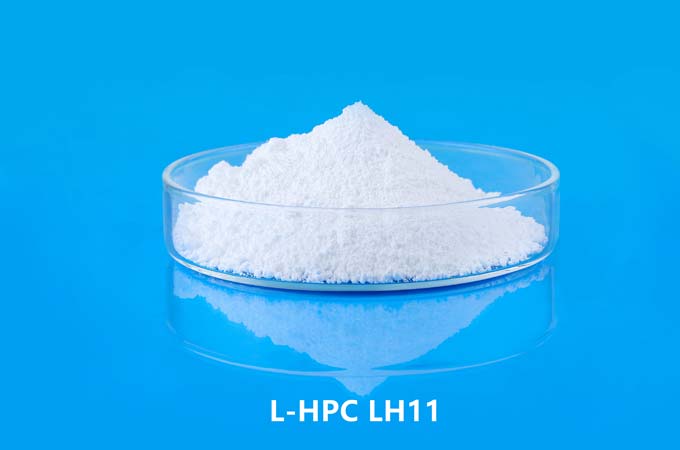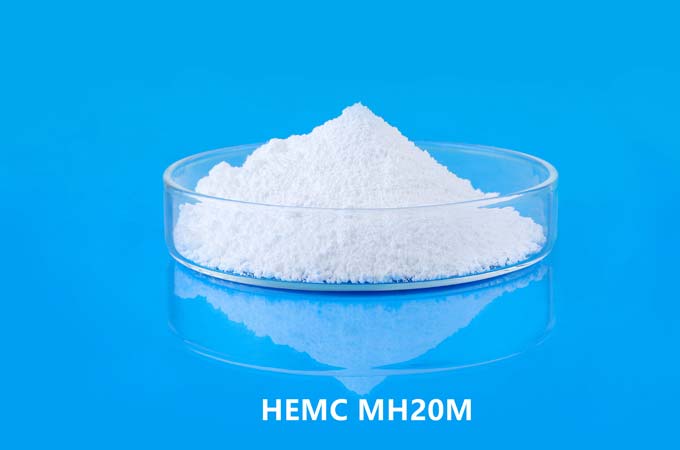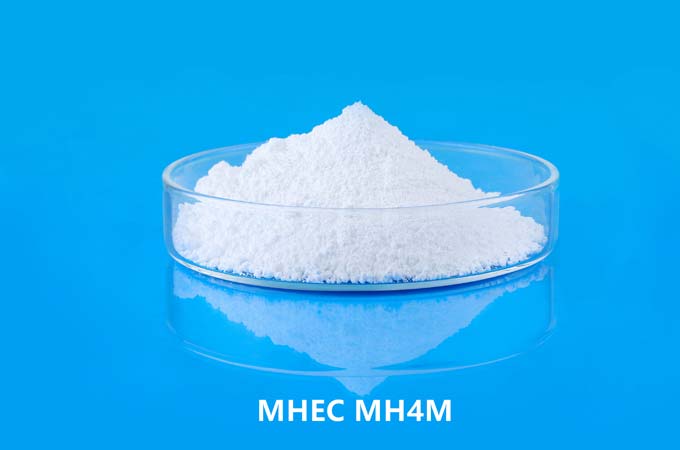Hydroxypropyl methylcellulose (HPMC)and methylhydroxyethylcellulose (MHEC) are both cellulose ethers widely used in various industries such as pharmaceuticals, construction, food, and cosmetics. While they share similarities due to their common cellulose backbone, they differ in their chemical structure, properties, and applications.
Molecular Structure:
HPMC and MHEC are both derived from cellulose, a naturally occurring polymer found in plant cell walls. The primary difference lies in the types of hydroxyalkyl substituents attached to the cellulose backbone.
HPMC, also known as hypromellose, is synthesized by treating cellulose with propylene oxide and methyl chloride. This process results in the substitution of hydroxypropyl and methoxy groups onto the cellulose backbone, leading to a structure with varying degrees of substitution (DS) for both groups.
On the other hand, MHEC, or methylhydroxyethylcellulose, is produced by reacting cellulose with methyl chloride and ethylene oxide. This reaction introduces both methyl and hydroxyethyl groups onto the cellulose chain. Similar to HPMC, MHEC can have different degrees of substitution, influencing its properties and applications.
Properties:
Solubility: Both HPMC and MHEC are water-soluble polymers, forming clear, viscous solutions when dispersed in water. However, their solubility characteristics may vary depending on factors such as degree of substitution, molecular weight, and temperature.
Viscosity: Both polymers exhibit thickening properties, contributing to their widespread use as rheology modifiers. The viscosity of HPMC and MHEC solutions can be tailored by adjusting factors such as polymer concentration, degree of substitution, and temperature.
Film-Forming: HPMC and MHEC powder are capable of forming flexible, transparent films when dried. These films find applications in various industries, including pharmaceuticals (e.g., tablet coatings), construction (e.g., paints and adhesives), and food (e.g., edible films).
Surface Activity: Both polymers possess surface-active properties, allowing them to function as emulsifiers, stabilizers, and suspending agents in formulations such as paints, cosmetics, and pharmaceuticals.
Compatibility: HPMC and MHEC are compatible with a wide range of other ingredients, including salts, sugars, surfactants, and organic solvents. This versatility enhances their utility in formulating diverse products across different industries.
Applications:
Pharmaceuticals:
Both HPMC and MHEC are extensively used in pharmaceutical formulations due to their biocompatibility, solubility, and film-forming properties.
In oral solid dosage forms, such as tablets and capsules, MHEC and HPMC uses in pharmaceuticals serve as binders, disintegrants, and controlled-release agents.
In topical formulations, such as ointments and creams, they act as thickeners, emulsifiers, and stabilizers.
Additionally, they find applications in ophthalmic solutions, nasal sprays, and sustained-release drug delivery systems.
Construction:
HPMC and MHEC are indispensable additives in construction materials such as cement-based mortars, plasters, and tile adhesives.
They improve workability, water retention, and adhesion properties of mortar mixes, enhancing their performance and durability.
As film formers, they contribute to the formation of cohesive, crack-resistant films on surfaces, protecting them from environmental degradation.
Food and Beverages:
Both polymers are used in food products as thickening agents, stabilizers, and emulsifiers.
In applications such as sauces, dressings, and dairy products, they improve texture, mouthfeel, and shelf stability.
They are also employed in low-calorie food formulations as fat replacers and bulking agents, imparting desirable sensory attributes without adding significant calories.
Cosmetics and Personal Care:
HPMC and MHEC find widespread use in cosmetic formulations, including creams, lotions, shampoos, and hair styling products.
They contribute to the desired viscosity, texture, and rheological properties of personal care products, enhancing their sensory appeal and performance.
As film formers, they form thin, flexible films on the skin and hair, providing moisture retention and protection against environmental stressors.
Advantages:
Biocompatibility: Both HPMC and MHEC are derived from renewable resources and are biocompatible, making them suitable for use in pharmaceutical and cosmetic applications.
Versatility: The wide range of properties exhibited by HPMC and MHEC, coupled with their compatibility with other ingredients, enables their utilization in diverse formulations across multiple industries.
Controlled Release: In pharmaceutical formulations, both polymers can be employed to achieve controlled release of active ingredients, thereby enhancing drug efficacy and patient compliance.
Improved Product Performance: The addition of HPMC and MHEC to formulations often leads to improved product performance, including enhanced stability, texture, and sensory attributes.
While HPMC and MHEC share similarities as cellulose ethers, they exhibit distinct properties and applications due to differences in their molecular structures. Understanding these differences is essential for selecting the appropriate polymer for specific formulations in industries such as pharmaceuticals, construction, food, and cosmetics.
 English
English 日本語
日本語 français
français Deutsch
Deutsch Español
Español italiano
italiano русский
русский português
português العربية
العربية Türkçe
Türkçe Nederland
Nederland



